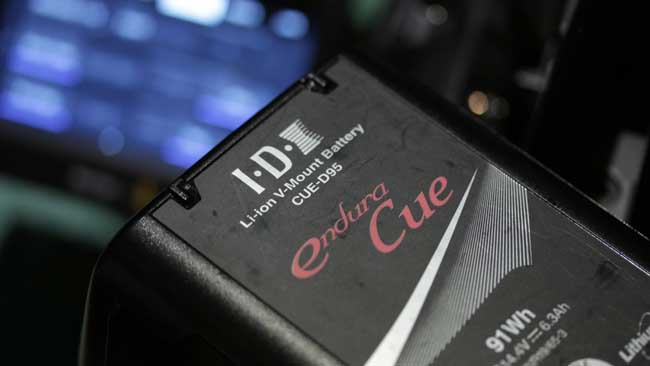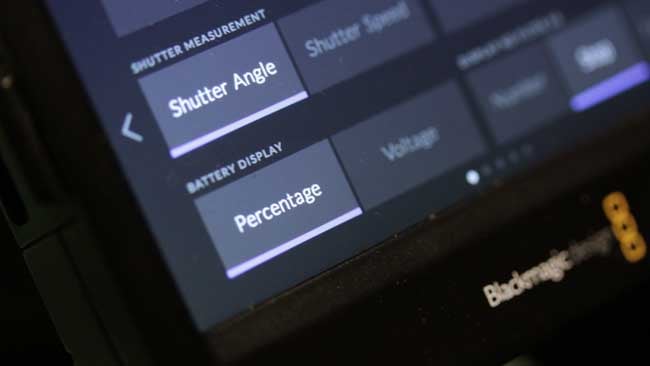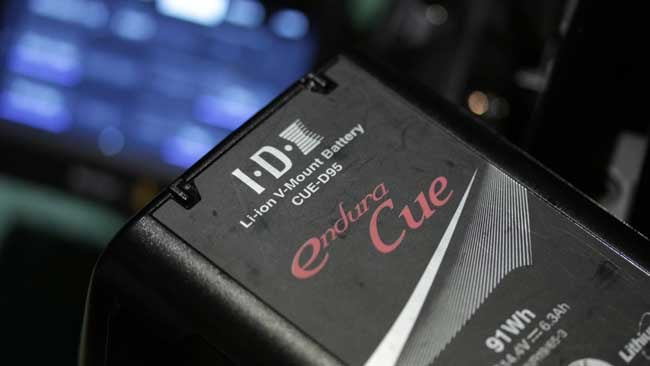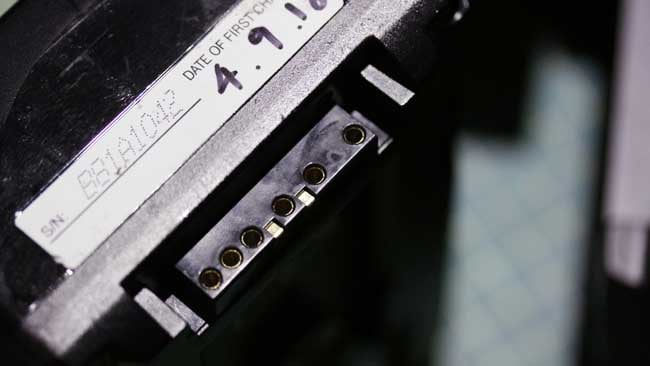

No sooner do we publish something poking fun at the endless treadmill of new battery technology announcements, than someone announces a new battery technology. But this one might actually have some legs.
Happily, the last couple of developments seem a little less enmeshed in hyperbole than some of the announcements we’ve seen previously. The new idea, based on work by Profs. Shinichi Komaba and Michael Stanley Whittingham (fantastic name, eh?), is to replace the scarce lithium in the batteries we’re all using with something like sodium or potassium. That’s good, because for a while, people have been noting with alarm that there isn’t enough lithium on the planet to make everyone a high-performance electric car. That’s especially true given that that lithium-ion batteries degrade in a matter of years from the date of manufacture whether they’re used or not.

Battery tech again
The idea here is not specifically to improving the performance of batteries, which is a common target as we saw back in December last year. There was some thought that the glass-electrolyte technology we considered back then might also allow sodium, rather than lithium, to be used. Komaba’s work targets potassium, which has many of the same advantages. Both sodium and potassium are vastly more common and available than lithium, with sodium in particular being available in vast quantities as common salt.

Insert electrons here (Wooden Camera's D-Box makes things a little easier)
Paranoia might provoke concern over of a future society recklessly desalinating the oceans so as to make batteries out of sodium, but potassium extraction actually creates literal mountains of sodium chloride; sodium is not in particularly short supply. Potassium, too, is much easier to get than lithium, though we shouldn’t forget that there’s a lot more than the reactive metal in a reactive-metal-ion battery. Current lithium-ion batteries also require cobalt, being one of the main uses for the metal. Currently, the lion’s share of cobalt production is the Democratic Republic of the Congo. Regardless of anyone’s opinion of that country’s sociopolitical situation, cobalt production is of huge strategic interest internationally.

More or less everyone's using the same technology
There are lots of other technical factors attending battery production; recall that the glass electrolyte we mentioned in December was aimed at least partially at improved safety. The flammability of modern batteries is not so much about the scary reactive metals (there is no isolated lithium metal in a lithium-ion battery unless things have gone terribly wrong) as it is about their flammable electrolytes. So, there are many reasons these new materials are interesting even if they don’t really affect the power density of camera batteries. It might affect price, perhaps, but only slightly; the cost of the cells is only a fairly small proportion of the cost of a 100-watt-hour lithium ion pack, and the cost of the rare metals is only a small proportion of the cost of the cells.

Extract electrons here
Really, though, film and TV is a fairly fringe application for this sort of thing. The vast storage systems required to even out the peaks and troughs of renewable energy sources, such as wind and solar, must be so huge that current battery technology can’t really be a solution. In early 2020, some of the best power storage options we have, at what’s called utility scale, involve pumping water up a mountain into a lake, then letting it flow downhill again through turbines. That can work shockingly well – efficiency well over 70% has been claimed – but it only works in the right topology (there has to be a lake, or a place to fill a lake, at the top of a hill reasonably near a river.)
Creating electricity storage at scale is may not be absolutely essential for a future, low-carbon economy, but it is incredibly helpful, and if developments in battery tech give us less expensive, higher capacity camera batteries that make airlines less nervous and reduce reliance on scarce resources, nobody’s complaining.
Tags: Technology


Comments